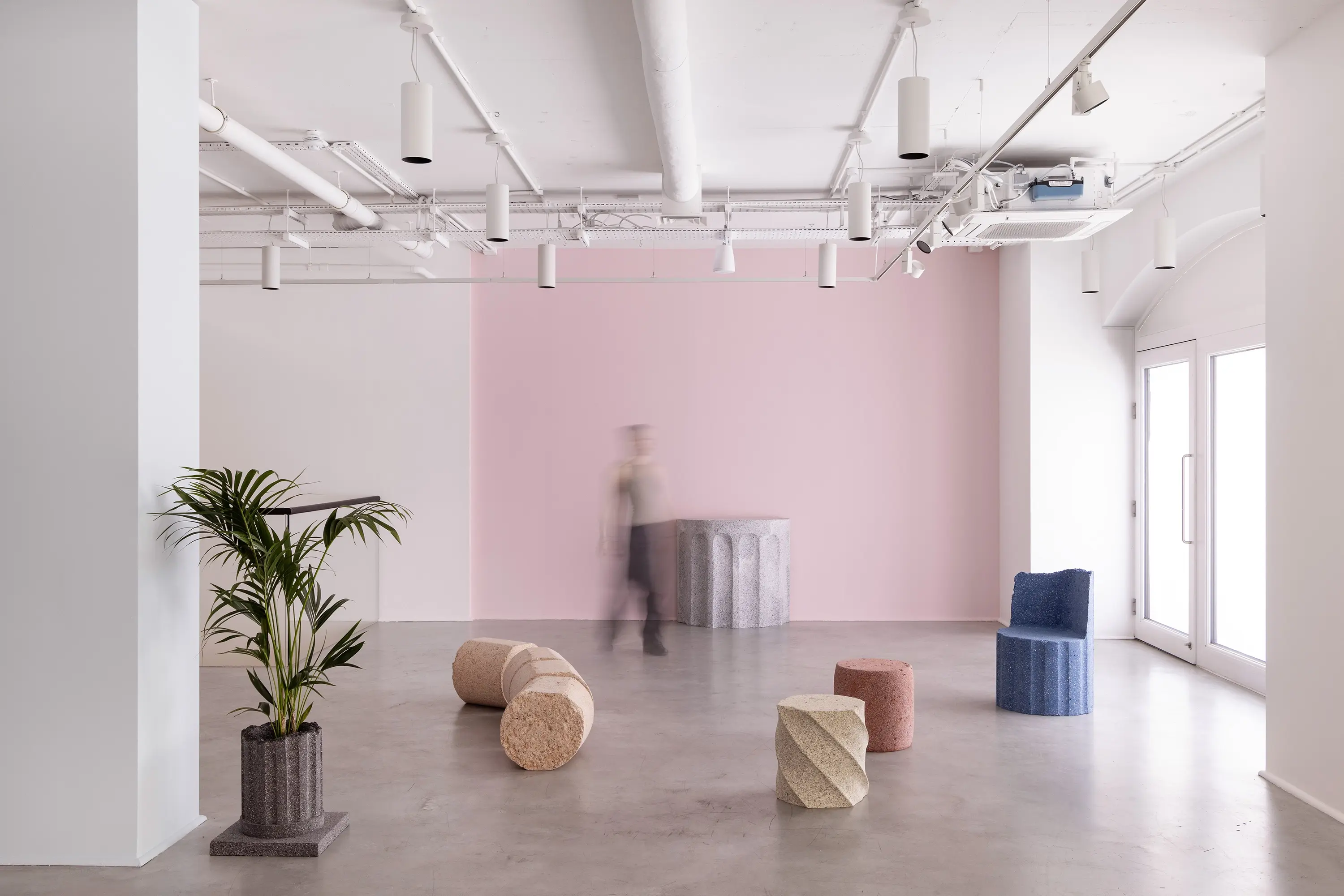
Granite is one of the hardest materials found on the planet and has been used in construction for millennia. The material is characterised by the various types of granules(quartz, feldspar, mica and other minerals) dispersed within them, and is imbued with a sense of permanence and stability that outlive us and seemingly exist forever. At the almost opposite end of the material permanence spectrum we find rubber erasers. The common, mundane and abundant object is soft and squishy. It’s used to make pencil marks disappear and in the process of renewal, the material itself vanishes. They are different in most ways though they are both defined by the ability to perform through hardness characteristics. And just as we learn from ancient granites, erased pencil marks, though invisible, also informs our future actions. In this sense both of these things are part of communication systems, one focused on longevity and another focused on revision and refinement.
The exhibition is composed of objects made in rubber eraser in the form of granite architectural elements in decay. They exist somewhere between our perception of permanent structures made of hard materials and an ordinary consumable objects that’s only useful in its disappearance, but they are both part of the sometimes fast and sometimes slow process of small pieces coming together to become something else then dispersing over the course of time into granules and dust.
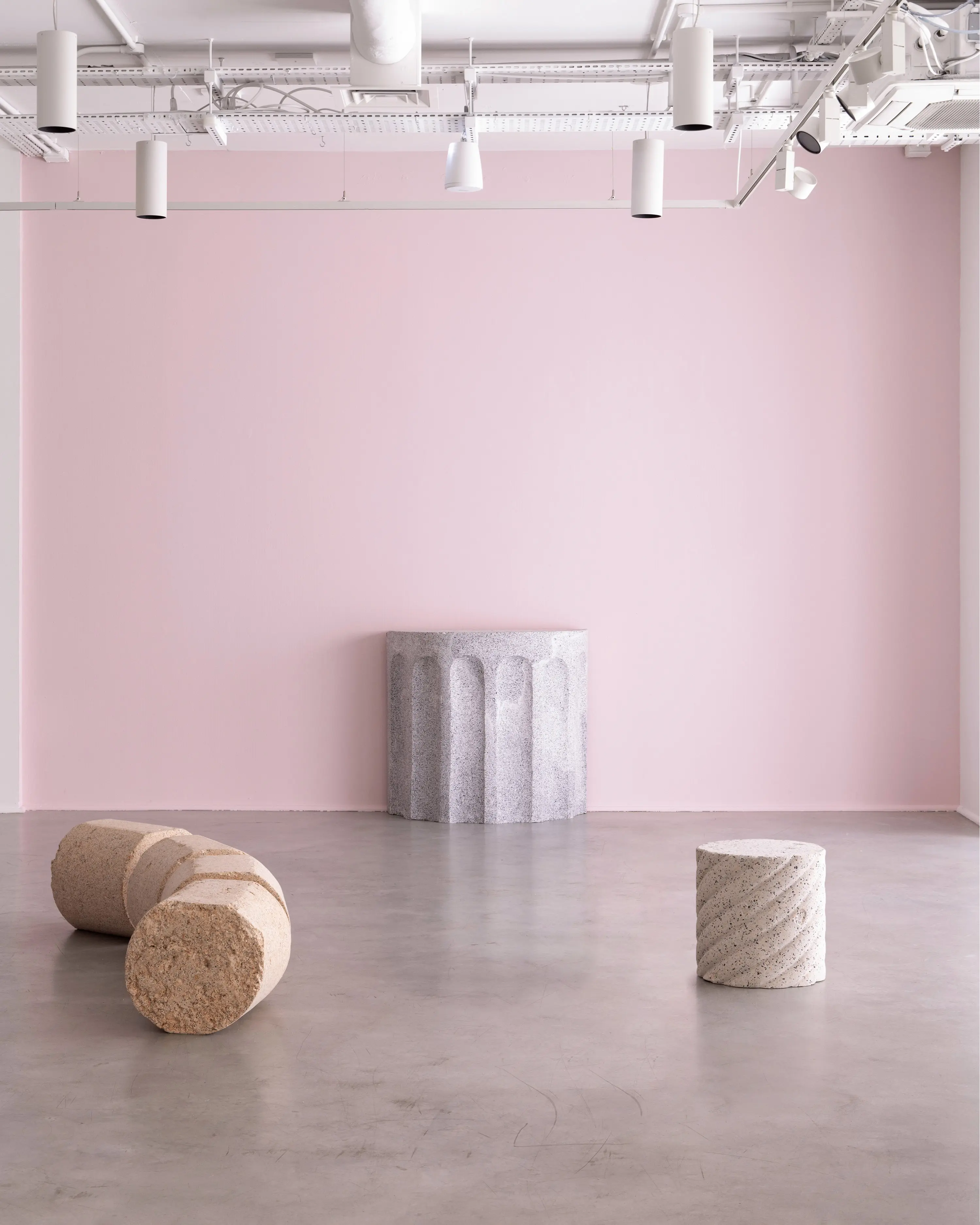
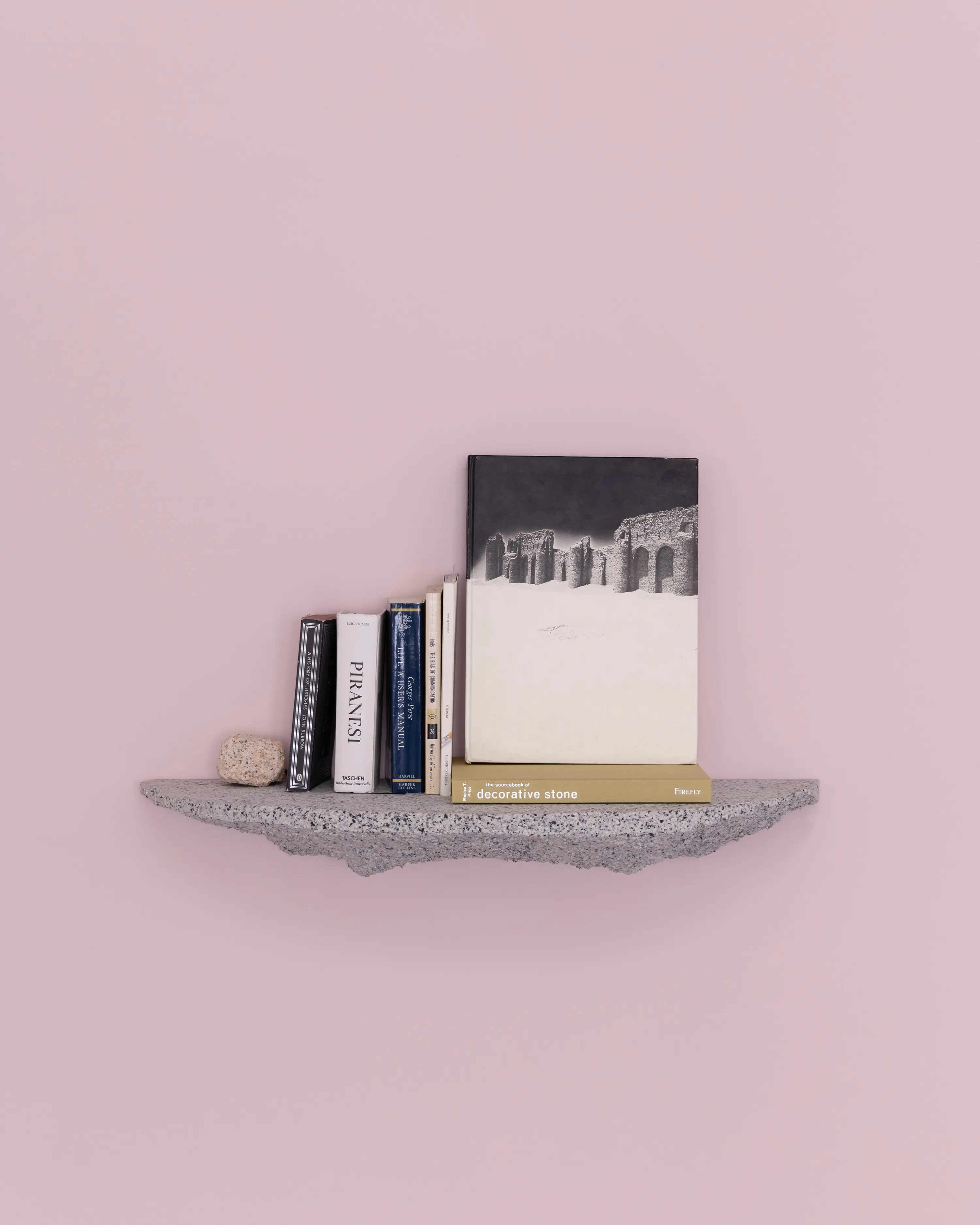
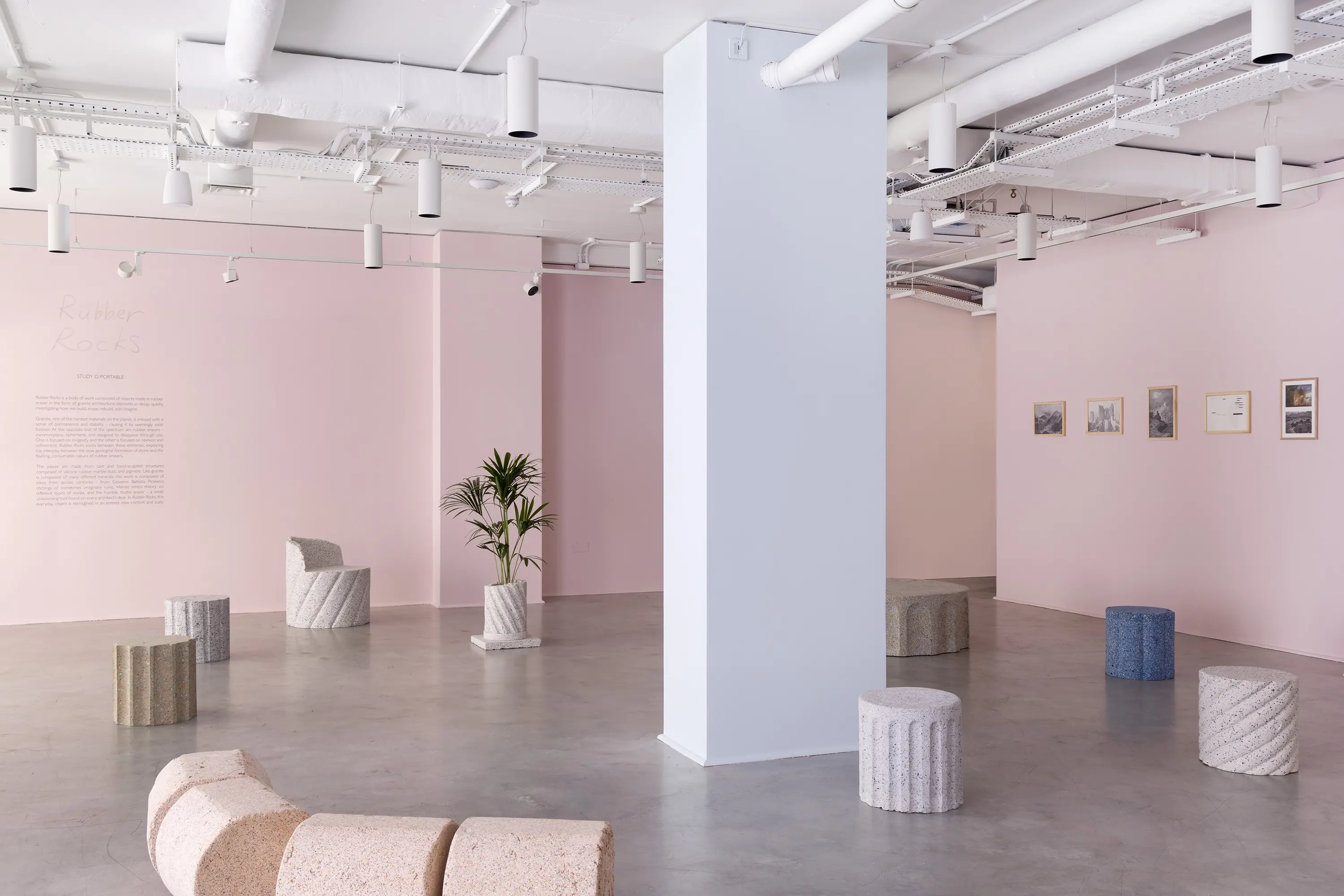
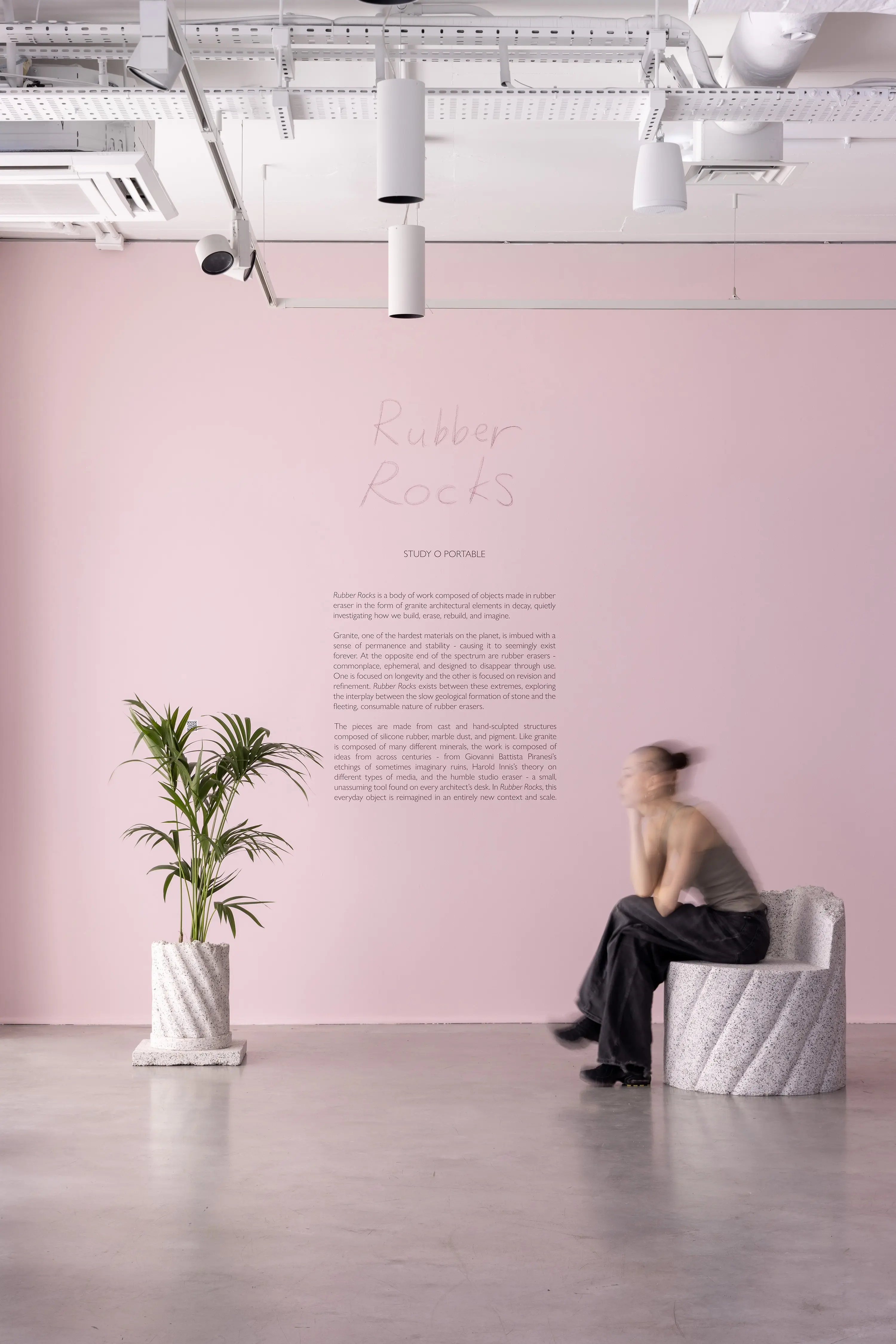
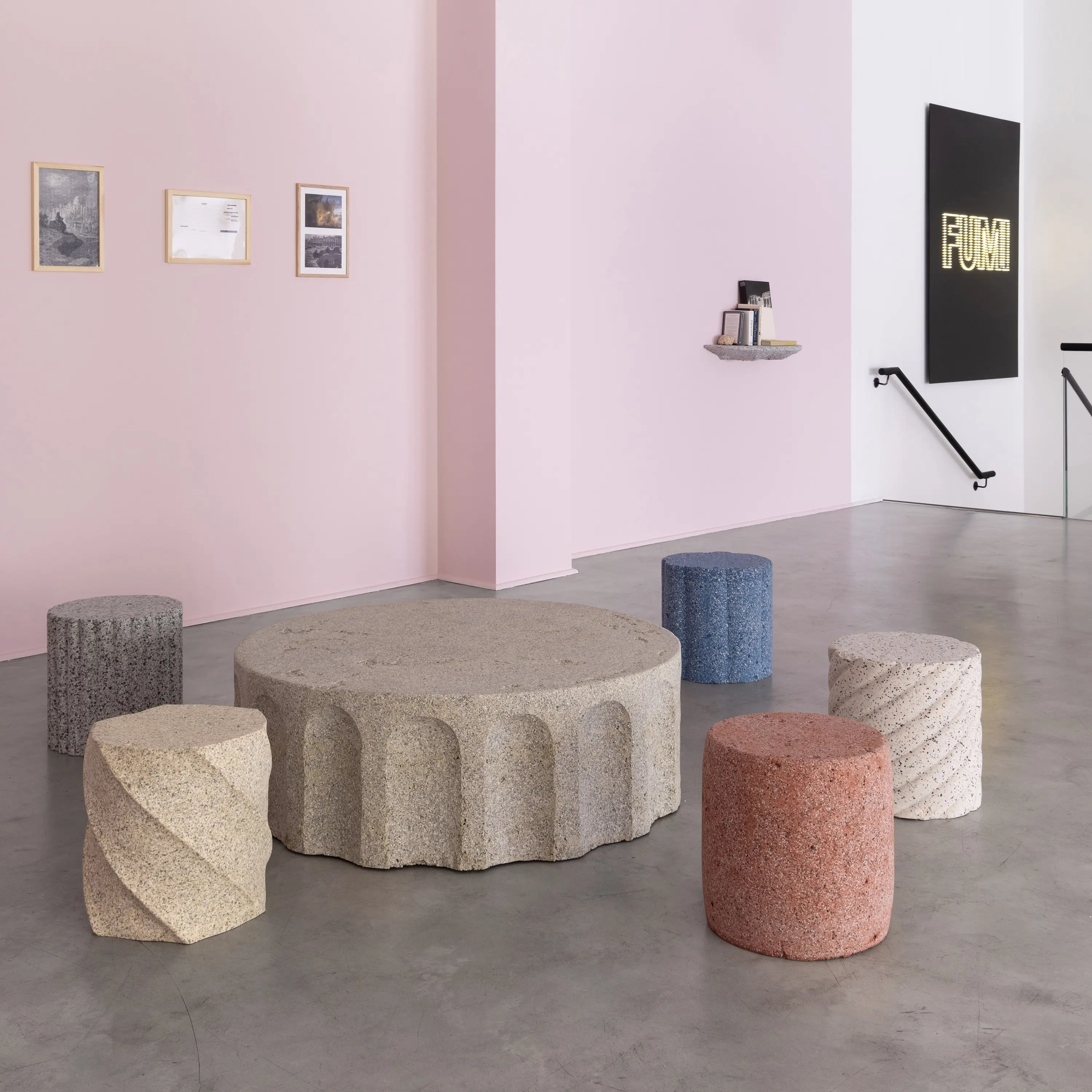
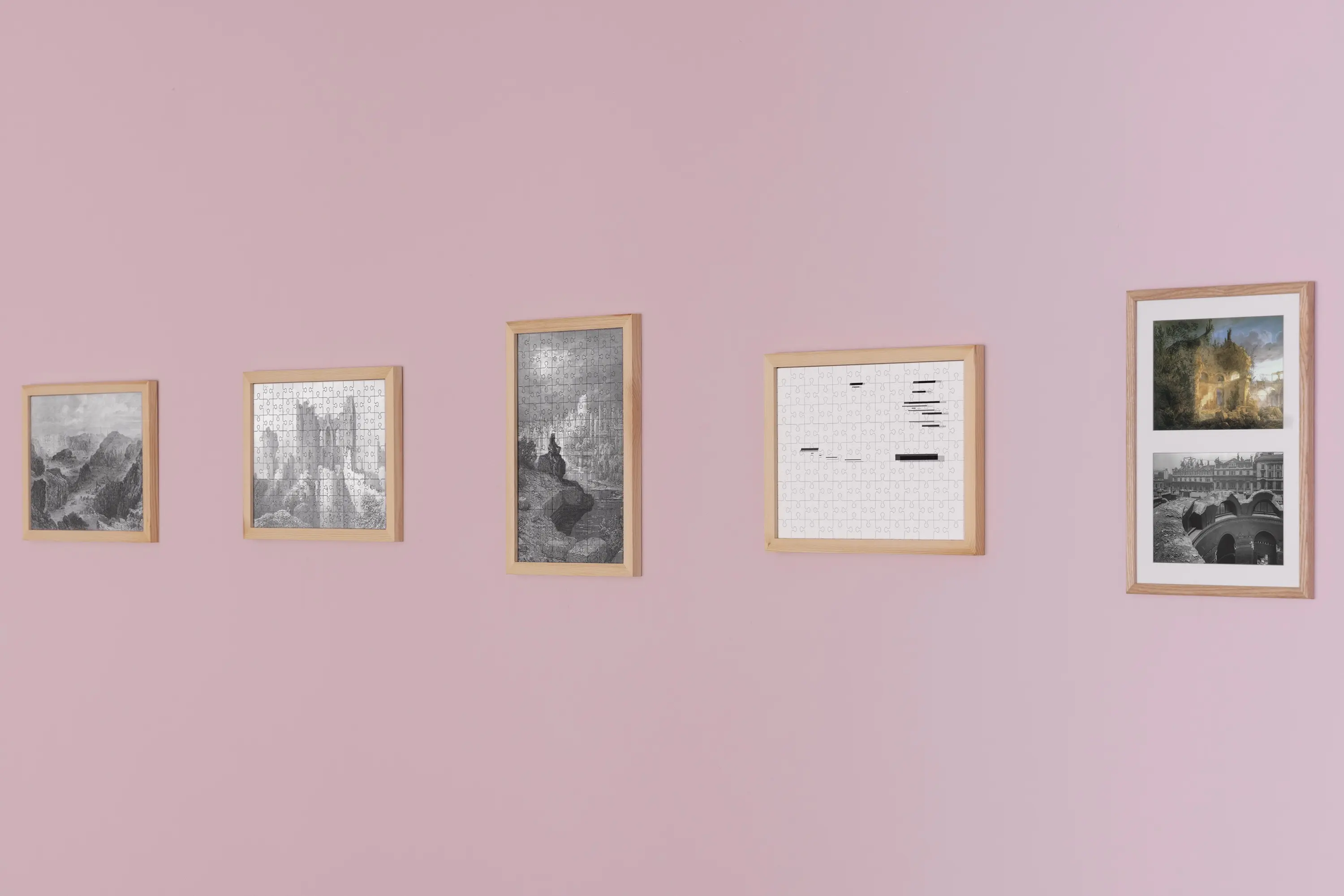
The project as whole is also made up of small fragments from the past, such as:
Construction of the Temple of Apollo Epicurious (c. 450-420 BC)
Giovanni Battista Piranesi’s works of Capriccio (1720-1778)
Edward Narine’s accidental discovery of the potential of rubber as an eraser for pencil marks (1770)
Joseph Gandy’s watercolour painting of Bank of England (in ruin) made for Sir John Soane (1830)
Harold Innis’s book, the Bias of Communication which describes media as either time biased or space biased (1950)
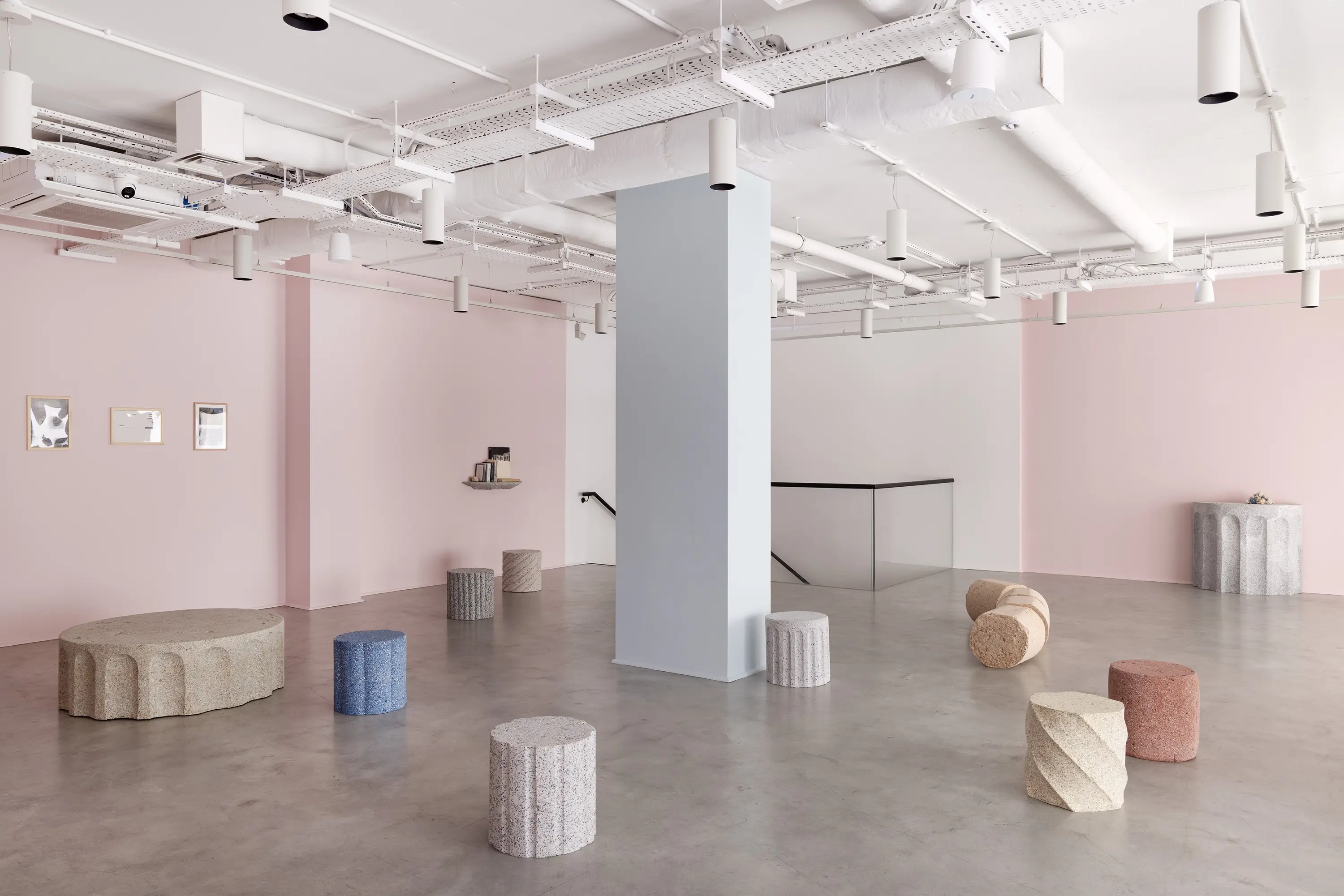
Incomplete Copy was commissioned by Gallery FUMI
Photography by Penguins Egg Studio
with thanks to Vicky Richardson for the catalogue text